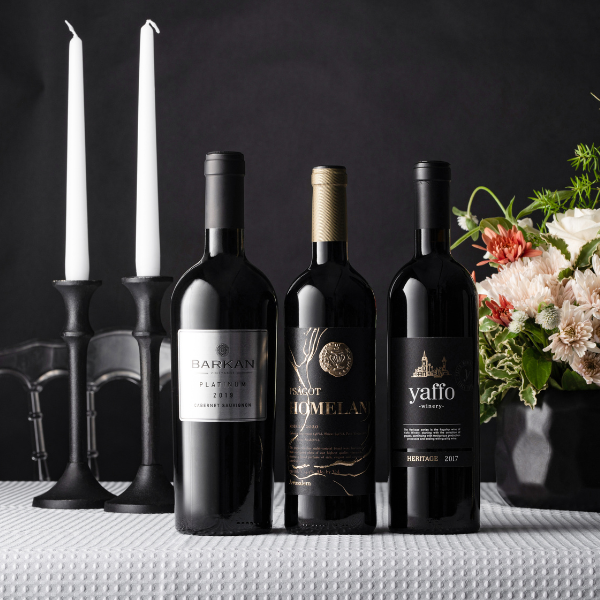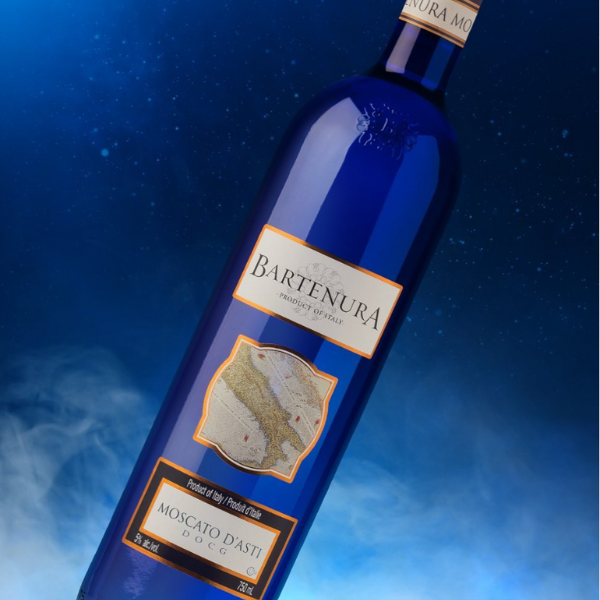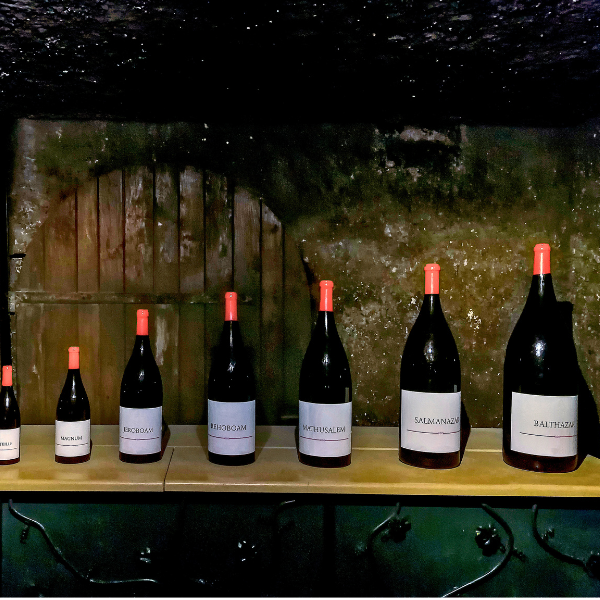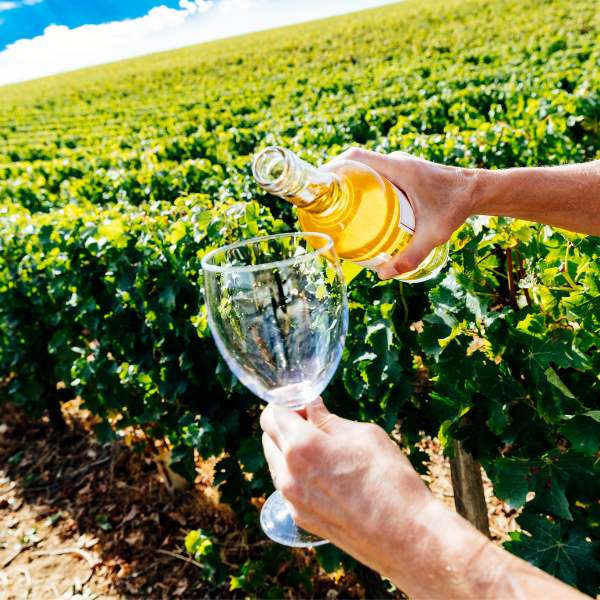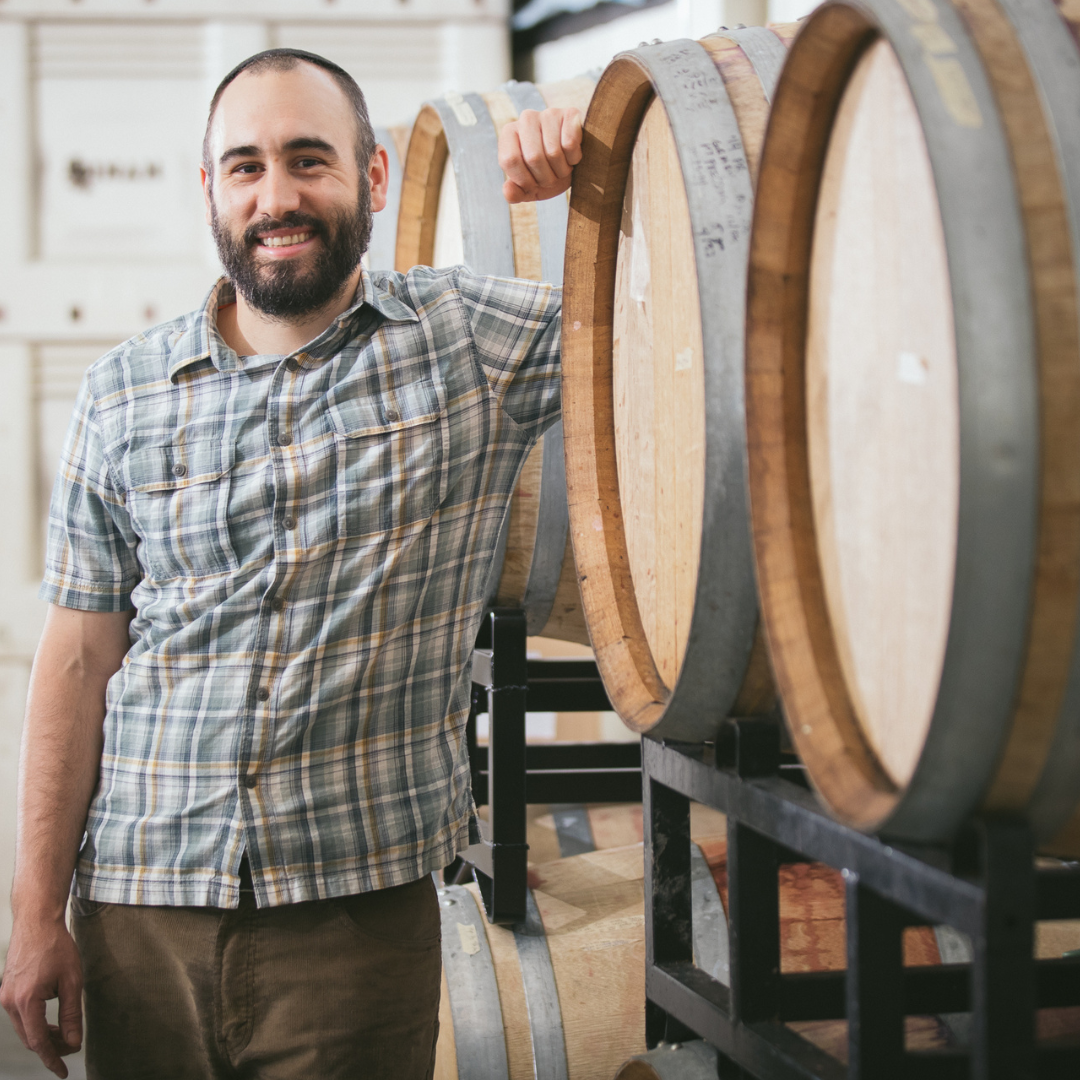Wine 101: What is Terroir?
- May 14, 2020
1) What on earth is terroir?
The definition of 'terroir' in winemaking can be confusing, as wine jargon terms are often thrown around without a precise meaning. While I generally take my wine very seriously, wine is also intended to be fun and enjoyable; we shouldn’t need a dictionary to understand it.
Terroir can be defined as soil, earth, climate, or even a combination of these things. There isn’t one specific wine definition for the word and therefore it’s led to multiple interpretations. If there was one aspect that stands out as the commonly known pen to paper definition of terroir, it would be soil.
My explanation of terroir is a combination of everything that makes up the composition of the grape growing experience; the soil, climate, aspect, region, wind, sun, rain, canopy, density of plants in the vineyard, and everything or anything that affects the grapes in their growth process.
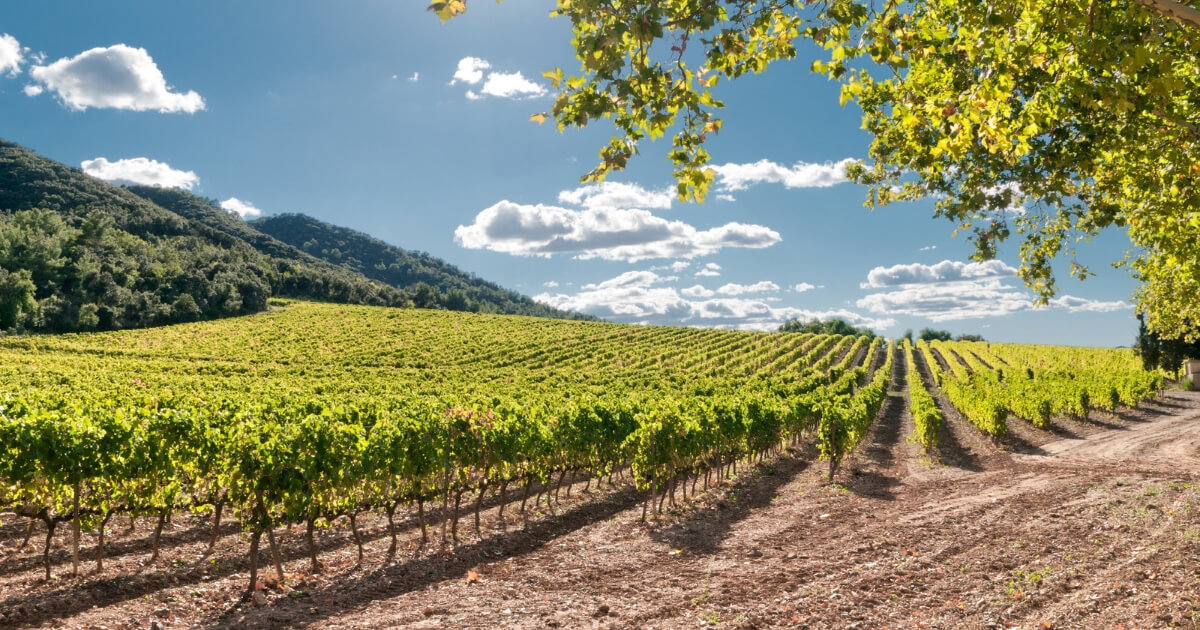

Think of " terroir" as a storyteller. The flavors and aromas of the wine tell the tale of the wine's origin from soil, vineyard, topography and climate.
2) Does soil really matter?
Understanding the best soil for growing grapes for wine is key to producing quality wines. Grapes draw their nutrients from the terroir, soil and roots, which in turn affects the flavors of the wine. Grapes are grown across the world in many different soils, and we could have hours of classes and hundreds of pages on the different soil types used in grape growing. Today we will go over some general soil terminology, the reasoning behind using one type of soil over another, and some differentiating factors between soil types.
In the literal sense, soil is the ground that the vines are planted in. It serves a dual purpose, it is the home in which the trunk of the vine lives, and it also provides the water and nutrients necessary to grow grapes.
Soil sits above the underlying bedrock of the ground and can be anything from a few centimeters deep to several feet deep. The soil is made up of many tiny particles of varying sizes, as well as large stones or rocks and organic matter, such as decomposing leaves. What differentiates each soil type is the composition of the soil, and the size of the varying particles in it.
The best soil allows for moderation in temperature and moisture. Too much water will rot a plant, too little will dry it out. Too little heat stunts growth, too much heat can promote hurried growth.
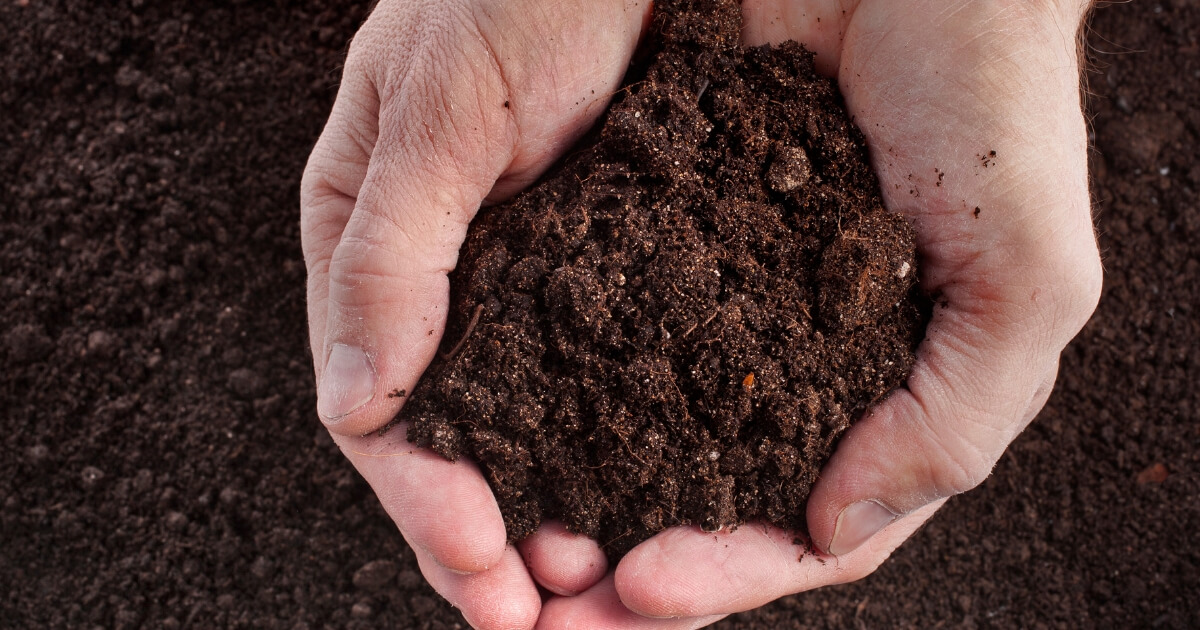

3) Which soil is best for colder climates?
Vineyards that are heavily made up of rocky soil are normally found within cool climate wine regions. Stones help sustain warmth in the soil by absorbing both geothermal and solar heat, and then slowly radiating the heat into the soil, like how a capacitor stores and releases electricity. This allows for the vines to obtain the necessary warmth they need to grow the grapes. If the stones were not present in these cooler climates, the grapes would not be able to fully ripen, and the wine would taste rather tart and green.
If not for heat generated by the rocky soil in the Southern Rhone region of France, the areas vintners would not be able to grow Grenache, Syrah, and Mourvedre to maturity.
To try an example of wine grown in rocky terrain, I recommend the Louis Blanc Vintage Cotes du Rhone Villages Servigny. See if you can pick up on the stone and mineral notes the wine exemplifies.
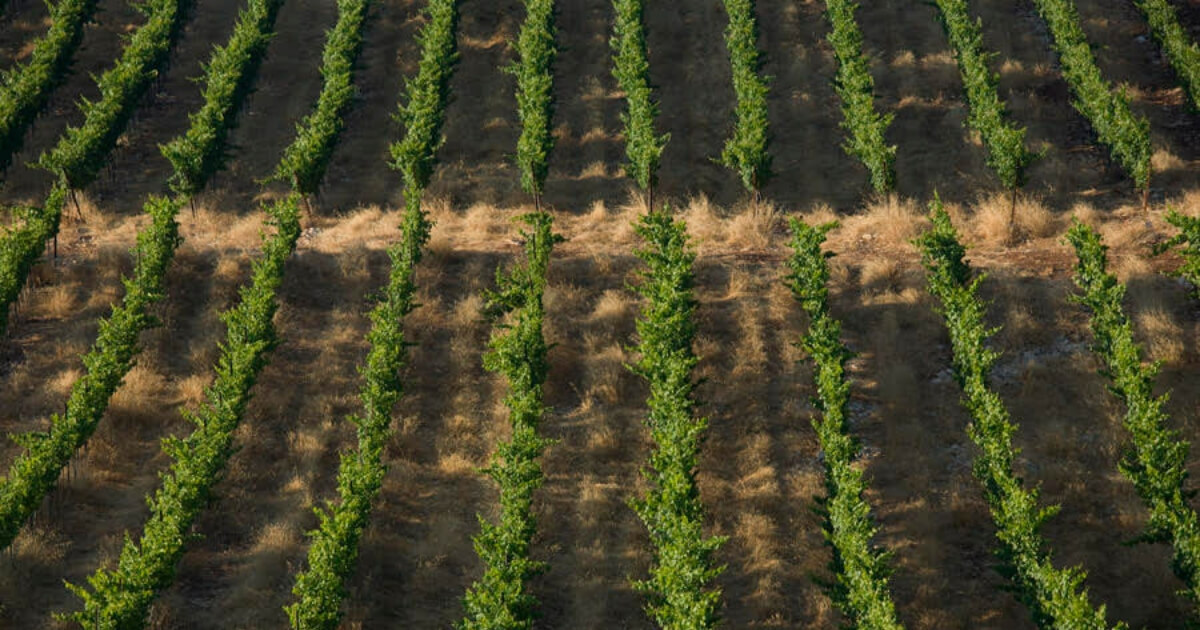

4) Which soil is best for tropical climates?
In order to keep anything healthy, it is important to remember to keep things in moderation. Oversaturation from heavy rainfall can rot the roots of vines, and the tropical heat can wilt the leaves. Tropical wineries will often use a sandy soil to combat these elements as the sandy terroir allows for faster drainage of runoff. Sand also takes longer to heat up which allows the soil to remain cool.
South of Santiago, Chile is a fertile stretch of land with a tropical climate that hosts the majority of the Chile’s vines. Wine from sandy terroirs tends to have a softer texture and is lighter in color.
To try an example of wine grown in sandy terrain, I recommend the Casa de Cielo Chardonnay. See if you can pick up the earthy, sandy notes on the wine.


5) Which soil is the best for arid climates?
Here is an interesting problem, how do you keep things cool and moist in a hot, dry place without sacrificing sunlight necessary for all plant growth?
The solution, thankfully, is as ancient as the early storage solution for wine. Clay is very dense when compacted, which allows cool air to travel underground which in turn regulates the temperature. Clay is also very porous, allowing it to retain water. This allows for slower runoff drainage and higher absorption by the roots of the vines in an area where water is scarce.
The Rioja region of Spain is one of the most famous areas to employ clay soil because the warmth of the region requires a soil that can keep the vines cool. Clay soil tends to add a rich, layered texture to the wine.
To try an example of wine grown in rocky terrain, I recommend the Elvi Herenza Rioja Crianza. Look for the boldness of the colors, and experience the rich, layered flavors that make this region unique.
I encourage you to try comparing wines with different soils, or terroirs. It is a great conversation topic as a theme for a wine tasting, especially if you want to compare the same type of grape from different terroirs.
 Get help from an expert like Brad
Get help from an expert like Brad


